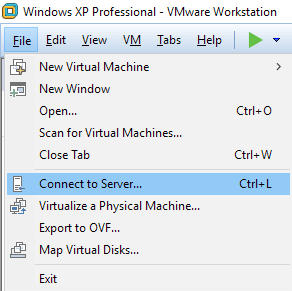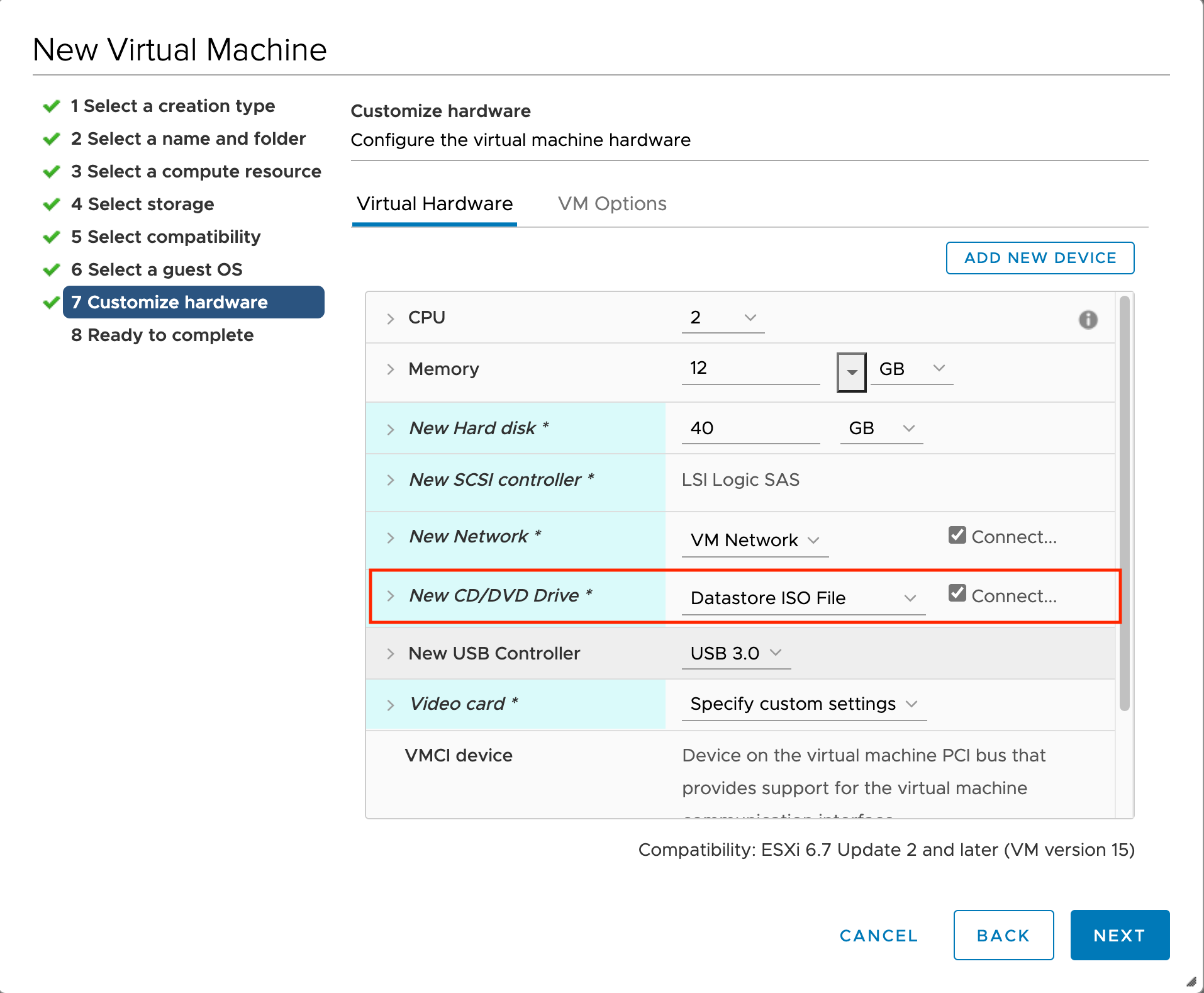
StampFile = open('/finished.stamp', mode='w') %post -interpreter=python -ignorefailure=true # Set the network to DHCP on the first network adapter
#Creating first vm esxi 6.5 install
# The install media is in the CD-ROM drive # Set the root password for the DCUI and Tech Support Mode # Accept the VMware End User License Agreement This is a default ks.cfg configuration file with just the minimum of settings required. I have added two configuration files as samples, one with the minimum settings and one I normally use for my Lab environment. The text file in this example is called (ks.cfg). Now it’s time to create a text file with your favourite text editor. Do not forget to add the cfg extension to the MIME types.
#Creating first vm esxi 6.5 windows 10
In this environment/example I used a Microsoft IIS server on a Windows 10 Client. Here is a list of web server products that I have used: Apache, Microsoft IIS and NGINX. Basically, every web server available on the market can serve this file.

To make the kickstart configuration file available for the ESXi host we need a web server. A Home Lab environment to install nested VMware ESXi Hosts.A standalone ESXi Host for a small environment.The very first ESXi Hosts for your SDDC environment (before VMware vCenter is deployed or vSphere Auto Deploy is configured).You might ask yourself, why should I install an ESXi Host with a kickstart file? Some of the use cases I identified over the years are: Personally, I prefer to use the HTTP protocol.

The kickstart configuration file can be made available in the following locations:

The file contains the configuration for a VMware ESXi Host to configure settings like IP address, subnet mask, hostname, license key, datastore, etc. This can be done with a so-called “kickstart” configuration file which is officially supported by VMware. In this blog post, we are going to automate the installation of VMware ESXi 5.5, 6.0 and 6.5.


 0 kommentar(er)
0 kommentar(er)
